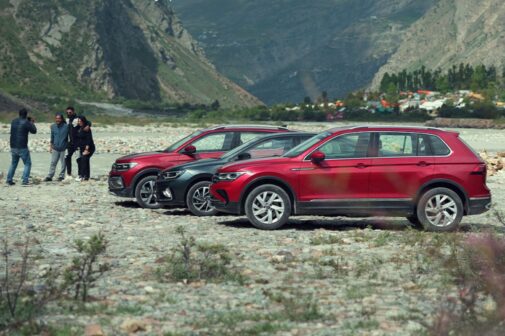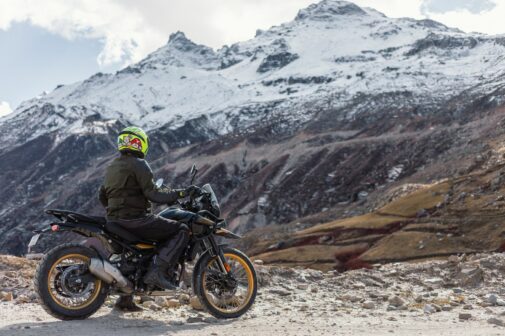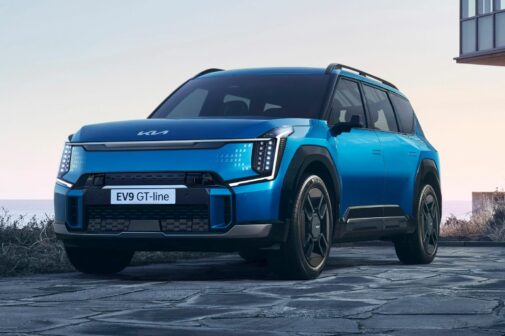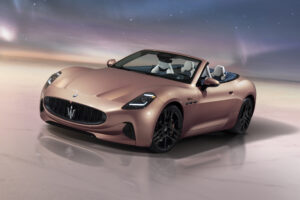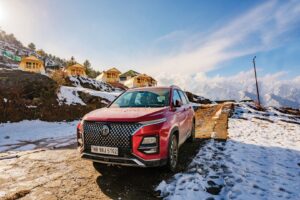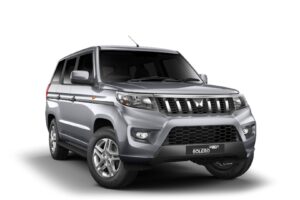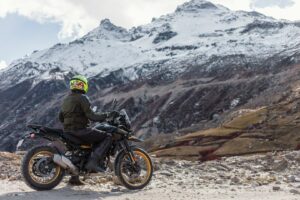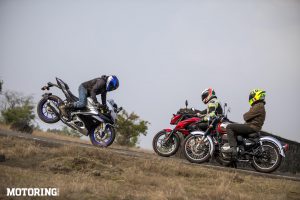Take a long, hard look at the two cars you see here. Their makers, Hyundai and Maruti Suzuki, would love nothing more than for you to pick their cars as your next purchase. And it’s a very interesting pair, indeed. What you have in the grey corner is Hyundai’s mini-Santa Fe, the Creta. It’s a rather capable little SUV that Hyundai’s hoping will allow it to re-enact the Scrooge McDuck-swimming-in-a-pile-of-gold scene, replete with the red frock coat and pince-nez glasses. And in the silver corner is the Maruti S-Cross. Now, I don’t quite understand what segment Maruti’s trying to fit this into, because its proportions kind of make it stand out awkwardly in no man’s land, but Maruti wants you to think of it as a ‘premium crossover’, whatever that is, so let’s go with that.
So who should your money go to? If looks alone were a deciding factor (and it quite often is in this shallow world we live in), then the Creta would have this one wrapped up in a jiffy, thank you very much. It’s not that the S-Cross is the kind of vehicle that only Suzuki would call pretty, it’s just that Hyundai’s done a better job overall, what with the Santa Fe resemblance up front, the imposing stance, the neat lines, and the well-executed rear. I keep thinking the designers in charge of the S-Cross hadn’t quite read up on the mandates given by the higher-ups. The obvious carryover of the SX4’s headlights, the body cladding, the roof rails, and other little details all try to make the S-Cross come across as cooler than it really is.
The insides, though, that’s where the S-Cross claws back some ground on the Creta. While the Creta’s interiors have been designed with simplicity and refined taste in mind, the S-Cross’s interiors look that bit more premium. It may seem slightly familiar if you’re used to the Ciaz, but bits like the soft-touch plastic on the dash and that lovely touchscreen do wonders to the cabin overall. The S-Cross’s integrated iOS compatibility gives it further points, although Android owners (me included) do end up feeling a little left out. This isn’t to say that the Creta’s infotainment system leaves anything to be desired; its screen is responsive and easy to use and covers all the bases well, but the S-Cross’ just feels that bit more premium, like I said earlier. Even the seats are that little bit more comfortable than the ones on the Creta, although if it’s space you’re looking for, the Hyundai’s definitely the better bet here. Three in the middle with a boot full of luggage will be much less of a complaint-fest in the Creta.
What, then, is to be made of what’s powering the two cars? I’ll tackle the Hyundai first: The 1.6-litre diesel manual under the hood puts out a healthy 126 bhp and 26.5 kgm of torque; figures that allow it to be an able highway cruiser. The thing about the Creta is that all that power comes in so linearly that you forget there’s a turbo working away, and that’s a nice feeling because lag is kept to a minimum. That makes it perfect if you’re keen on using it as a shopping cart too, then. It gets a 6-speed manual to put that power down to the front wheels, and the gearbox itself is a nice one to use. The only thing to complain about here is something that’s always plagued Hyundais: steering feel. It’s about as dead as the leaves on a painted canvas when you’re going 100+ kph.
This isn’t something you’re likely to experience in the S-Cross. To quote our Assistant Editor, Anubhav, ‘The 1.6-litre is probably the best diesel engine Maruti has on offer currently’. It makes an adequate 118 bhp, which is slightly down on the Creta’s output, but it makes up with a torque figure of 32.6 kgm! This makes it very quick indeed, and like I meant to say earlier, the steering feel isn’t an issue when you’re blitzing down freeways. It feels adequately weighted and does a decent job of letting you know what your front wheels are up to. Where it doesn’t fare as well is probably the drivability in the city — the turbo lag lets it down. At about 1750-1800 rpm is when you can shake off the lag, so try and keep it in that region for best results. Ride quality isn’t as sorted as the Creta’s, but it’s in no way bad, either.
As I’m writing this, I’m finding it hard to decide who to give this one to. They’ve both got a good number of highlights and aspects that’ll make you go ‘Um…’, and a look at the prices don’t help, either. The S-Cross starts its range at Rs 8.34 lakh and stretches to Rs 13.74 lakh for the one you see on these pages, the 1.6-litre Alpha. The Creta’s range? Rs 8.60 lakh to Rs 13.60 lakh, so there’s very little separating them. At this point, it’s important that I state that both cars will tick most, if not all the boxes on most buyers’ lists. After a little thought, though, here’s my reasoning for singling out a winner and not letting them share the honours: The Hyundai badge, for whatever it’s worth, is already accepted as a premium one, and that’s why a lot of people will be tempted to pick the Creta over the S-Cross, and rightfully so, I’d say. It’s the reason why Maruti Suzuki has gone through the tiresome process of opening up exclusive Nexa outlets to sell the S-Cross — it realises that people don’t think of it as a premium brand. That said, you just can’t fault Maruti Suzuki, and largely because the fun-to-drive factor rates highly for me, I’d still make the jump and pick the S-Cross over the Creta. It’s a close one, but it’s just that simple.
AUTODATA
Maruti Suzuki S-Cross DDiS 320
POWERTRAIN
Displacement: 1598cc, I-4, turbodiesel
Max power: 118 bhp@3750 rpm
Max torque: 32.6 kgm@1750 rpm
Transmission: 6-speed manual
STEERING
Type: Rack and pinion with EPS
SUSPENSION
(F/R): McPherson struts with coil springs/torsion beam with coil springs
BRAKES
(F/R): Ventilated discs/solid discs
TYRES
(F/R): 205/60 R16
DIMENSIONS
L/W/H (mm): 4300/1765/1590
Wheelbase: 2600 mm
Kerb Weight: 1275 kg
PRICE: Rs 8.34 to 13.74 Lakh (ex-showroom, Delhi)
AUTODATA
Hyundai Creta SX
POWERTRAIN
Displacement: 1582cc, I-4, diesel
Max power: 126 bhp@4000 rpm
Max torque: 26.5 kgm@1900-2750 rpm
Transmission: 6-speed manual
STEERING
Type: Rack and pinion with electric assist
Turning radius: NA
SUSPENSION
Front: McPherson struts with coil springs
Rear: Torsion beam with coil springs
BRAKES
(F/R): Discs/drums
TYRES
(F/R): 205/65 R16
DIMENSIONS
L/W/H (mm): 4270/1780/1630
Wheelbase: 2590 mm
PRICE: Rs 8.6 to 13.6 lakh (ex-showroom, Delhi)









